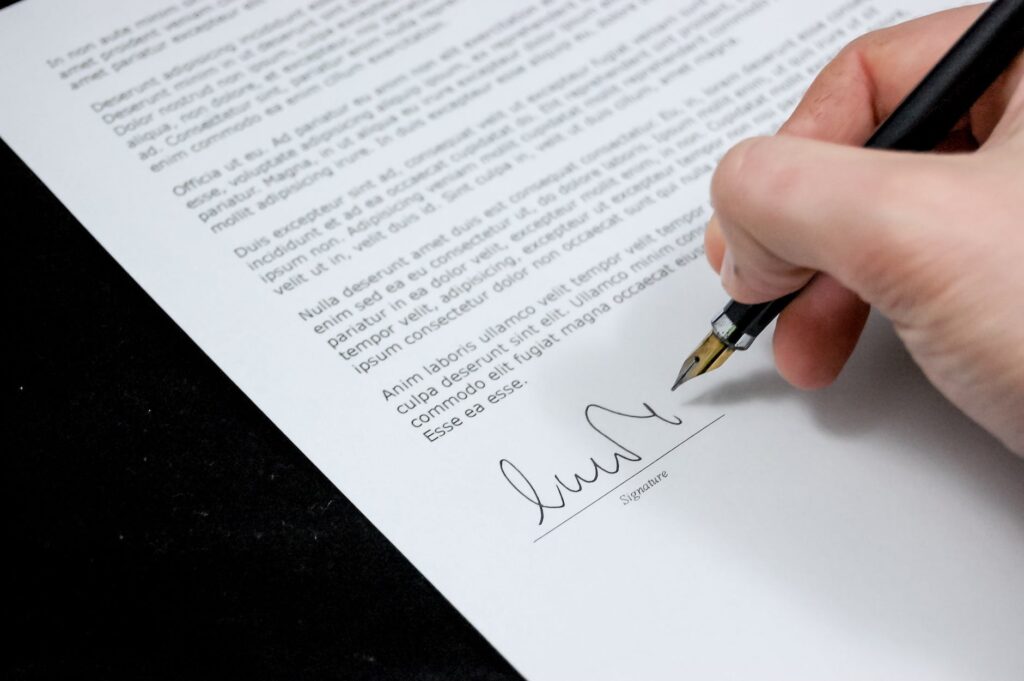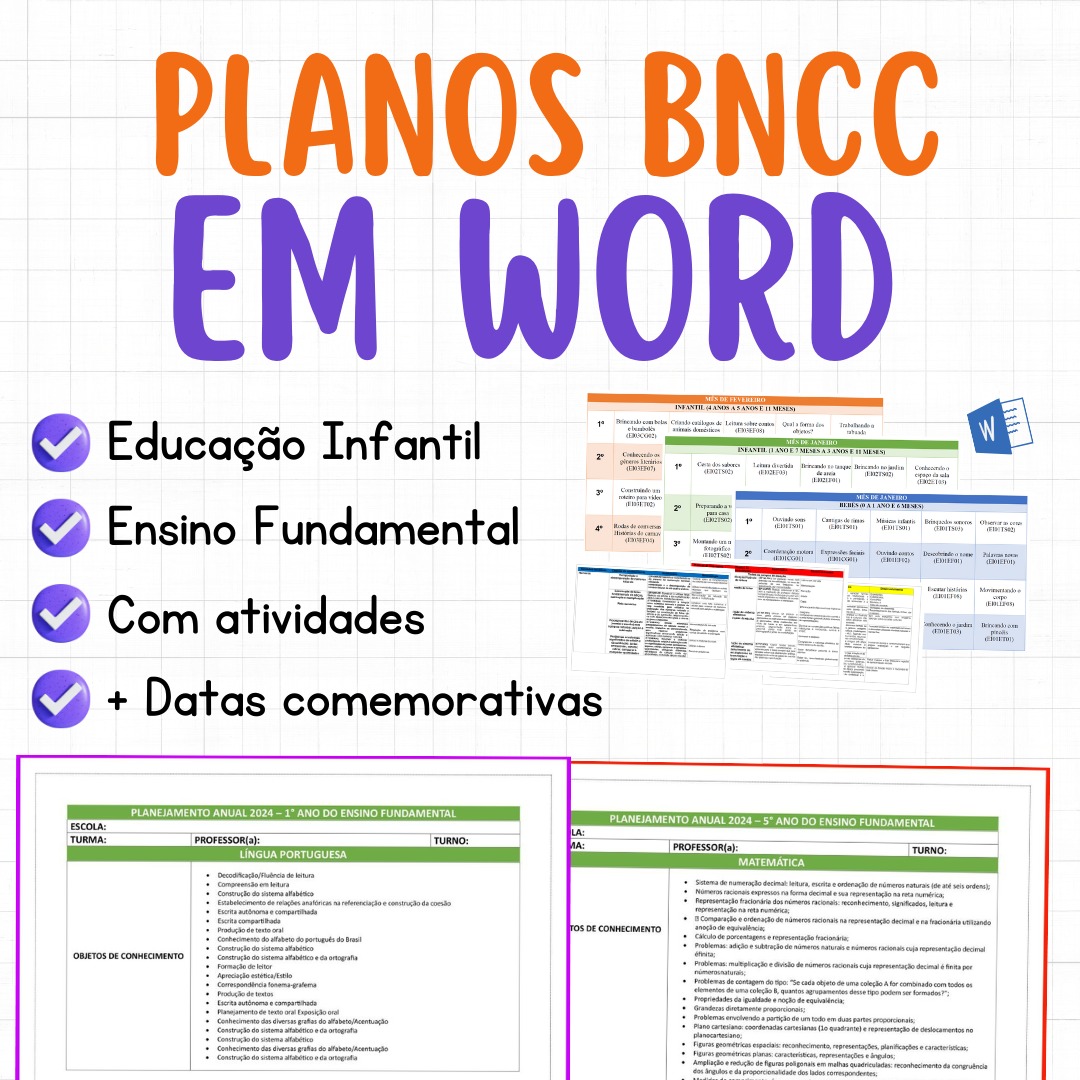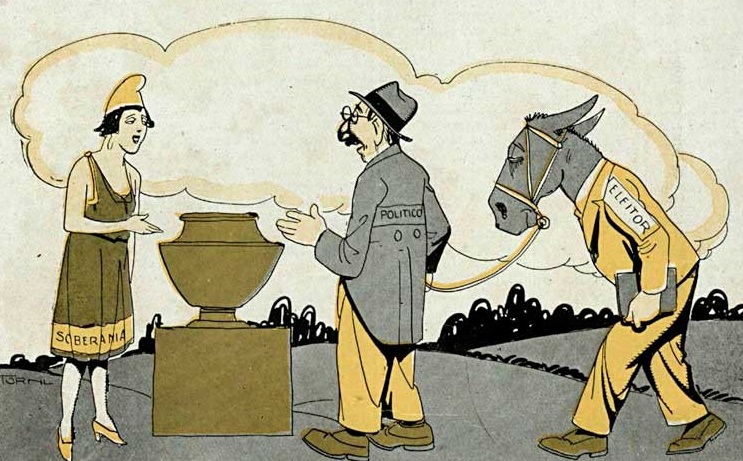Hello, reader! Do you know what the textual genre of an open letter is? If you have ever come across a text that expresses a public opinion on a controversial or relevant issue, and that is addressed to a specific person or institution, then you have probably read an open letter.
An open letter is a type of argumentative text that aims to persuade the recipient and readers of a certain point of view. It is different from a personal letter, as it is not intimate or private in nature, but rather collective and social. An open letter can be published in newspapers, magazines, websites, blogs or social networks, and can address a variety of topics, such as politics, culture, education, health, environment, human rights, etc.
But how to write an open letter? What are the characteristics and structure of this textual genre? In this article, we will explain everything you need to know about the open letter, from its historical origins to its most famous examples. Follow along!
What is a textual genre?
Before we get into the subject of the open letter, it is important to understand the concept of textual genre. According to Russian linguist Mikhail Bakhtin, a textual genre is a form of language organization that corresponds to a specific communicative situation. In other words, every time we speak or write something, we choose a textual genre that suits our purpose, our interlocutor and our context.
For example, when we want to tell a fictional story, we can use the short story or novel genre. When we want to inform about a real fact, we can use the textual genre of news or report. When we want to express our feelings and emotions, we can use the textual genre of diary or poetry. And so on.
There are hundreds of different textual genres, which can be classified into three large groups: literary genres (which have aesthetics and art as their main function), journalistic genres (which have information and current affairs as their main function) and genres academics (whose main function is research and knowledge).
The open letter is a textual genre that belongs to the group of journalistic genres, as its main function is to inform and persuade readers about a topic of public interest.
What is the historical origin of the open letter?
The open letter emerged in the 18th century, in France, as a form of political and social manifestation. At that time, Enlightenment writers used this textual genre to criticize monarchical absolutism and defend the ideals of freedom, equality and fraternity.
One of the most famous examples of an open letter from this period is the “Letter to Mr. D'Alembert on spectacles”, written by Jean-Jacques Rousseau in 1758. In this letter, Rousseau contests D'Alembert's proposal to install a theater in Geneva, arguing that this would be detrimental to the morals and citizenship of the city's inhabitants.
Two other of the most notorious and impactful open letters include Émile Zola's “J'accuse”, addressed to the President of France, in which he accuses the French government of unfairly convicting Alfred Dreyfus of alleged espionage, and the “Letter from Birmingham Prison ” by Martin Luther King Jr., which features the famous phrase “Injustice anywhere is a threat to justice everywhere”.
From the 19th century onwards, the open letter became popular as a form of communication between intellectuals and governments, as well as between intellectuals themselves. Many open letters became famous for provoking debates and controversies in society.

How to write an open letter?
To produce an open letter, we must pay attention to the following structure:
Title
A title is usually added that indicates who the letter will be addressed to (community, association, institution, organization, entity, authority, etc.).
Introduction
Just like a dissertation text, it presents an introduction, development and conclusion. In the introduction, the main ideas are addressed by the recipients.
Development
According to the proposal of the letter, at this point the main arguments and points of view regarding the subject addressed will be highlighted.
Conclusion
Time to round off the idea and suggest some action from the interlocutors or possible resolution of the problem at stake. At the conclusion, the idea is closed and solutions are sought.
Farewell
With cordial greetings and signatures from the senders, the farewell ends the open letter.
What is the purpose of the open letter?
The purpose of an open letter is to communicate a message about some social topic to a specific recipient and the general public. To do this, it uses clear, cohesive and coherent language, respecting grammatical norms and adapting to the context and purpose of the text. It should be formal, but at the same time conversational, with one person addressing another.
The open letter also aims to persuade the reader about the point of view of the author or authors of the text. To do this, she uses argumentative resources such as statistical data, quotes from authorities on the subject,
concrete examples and comparisons.
The open letter can have different purposes depending on the chosen topic and the intention of the author or authors. Some of the most common purposes are:
- Inform about some fact or situation;
- Instruct on some procedure or standard;
- Warn about any risk or problem;
- Protest against any injustice or violation of rights;
- Claim some measure or benefit;
- Arguing about some opinion or position;
- Support or criticize some cause or movement;
- Praise or thank some action or attitude.
References
Open letter – Wikipedia, the free encyclopedia (wikipedia.org)
Open letter Definition & Meaning – Merriam-Webster
'J'accuse': what's behind the most famous headline in history – Nexo Jornal | Nexo Newspaper





